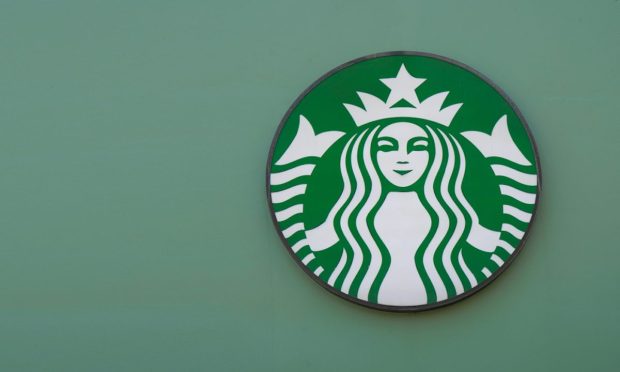Starbucks Looks to Double-Dip Loyalty With Blockchain-Enabled Cross-Brand Rewards

On a call with analysts on Thursday (Oct. 28), Starbucks’ President and CEO Kevin Johnson shared an upcoming change to Starbucks’ loyalty program that could transform the way rewards function across the restaurant industry: linking the coffeehouse’s loyalty program to other brands’ rewards.
Granted, the traditional rewards model — rewarding purchases of menu items with more free or discounted menu items from that restaurant — has been effective for the world’s largest coffeehouse chain. In the fourth quarter, the digital sales mix in the United States hit 51%, far outpacing most competitors. In fact, findings from the July/August edition of PYMNTS’ Delivering on Restaurant Rewards report, created in collaboration with Paytronix, revealed that 78% of restaurant customers want the opportunity to earn free food, and two-thirds want access to customized coupons or discounts. However, this model limits the value that a restaurant can provide.
Related news: Two-Thirds of Consumers Find Restaurant Rewards Impersonal
“Through blockchain or other innovative technologies, we are exploring how to tokenize Stars and create the ability for other merchants to connect their rewards program to Starbucks Rewards,” Johnson told analysts. “This will enable customers to exchange value across brands, engage in more personalized experiences, enhance digital services and exchange other loyalty points for Stars at Starbucks.”
According to findings from PYMNTS’ research, brands that rise above the rest are those that can meet consumers’ daily needs across pillars of the connected economy — how consumers work, pay and are paid, shop, eat, bank, travel, connect with others, have fun, stay well and live. The traditional loyalty model only encompasses two pillars: how consumers eat (or drink) and how they pay. With this new initiative, Starbucks is looking at ways to leverage its rewards program to incentivize purchases by providing value across other pillars.
Read more: How Consumers Live in the Connected Economy
Citing a rewards exchange already in place, Johnson highlighted the chain’s partnership with Air Canada that launched in March, by which the airline’s rewards members are able to “double-dip” on rewards, earning loyalty points for both the airline and the coffeehouse with purchases at participating Starbucks locations. In this example, the rewards extend to the pillar of how consumers travel. Johnson added that in the coming 12 months, the company will launch its first loyalty exchange with another consumer brand.
“This approach will also serve as a foundation for a more aspirational concept for new, modern payment rails that align payment expenses with the value received by customers and merchants,” Johnson said. “We intend to be at the forefront of this disruptive innovation, which will unfold over the next few years.”
In another use of blockchain technology to boost its loyalty program, Johnson also highlighted the company’s partnership with Bakkt, which allows rewards members to pay with cryptocurrencies, loading their Starbucks cards with bitcoin, Ethereum and other digital currencies.
In the last year, the chain saw its 90-day active member count grow 28%, reaching 24.8 million. PYMNTS’ Provider Ranking of Mobile Order-Ahead Apps, which takes into account factors including loyalty and rewards program integrations, the number of active users each month, the average amount of time users spend on the app and the availability of different ordering options, rates Starbucks in the top three, right behind Domino’s and Dunkin’, which are tied for first place.
See also: Latest Mobile Order-Ahead Provider Ranking Features First-Ever 4-Way Tie